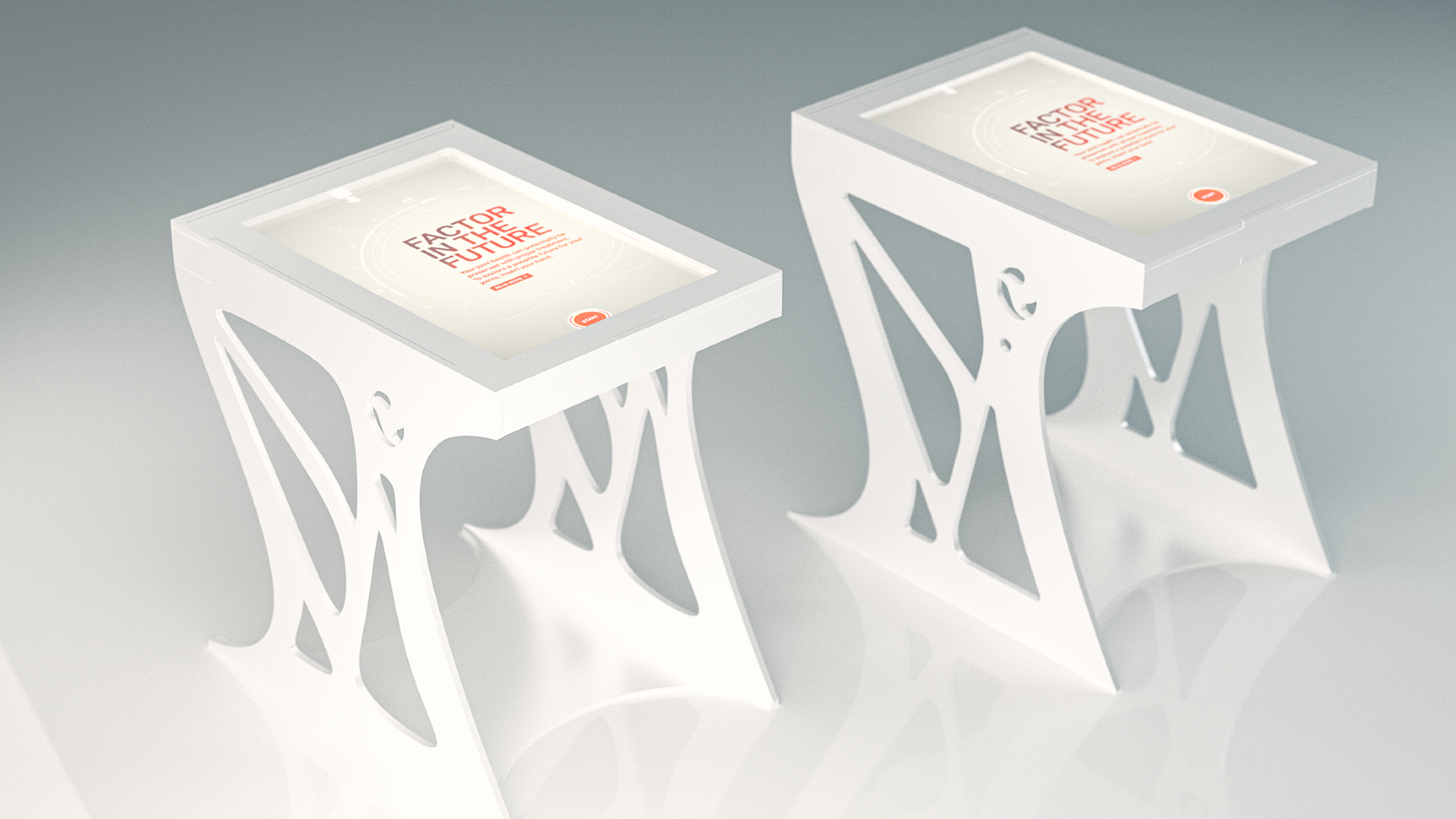
Innovative Augmented Reality Joint Scanner unveiled at Westmead Children’s Hospital to support young people with hemophilia
An Australian-designed, first-of-its-kind Augmented Reality technology has been unveiled today at The Children’s Hospital at Westmead (CHW). The technology will enable young people living with Hemophilia to view the potentially irreversible impact of disabling joint disease.
Image Credit: Sanofi
Hemophilia, an incurable, inherited rare blood disorder, is estimated to impact more than 3,000 Australians. Hemophilia is diagnosed when there is not enough clotting factor VIII(8) or IX(9) in the blood to help control bleeding in the body. This bleeding most commonly occurs in the joints of the knees, elbows and ankles, and can lead to joint disease if not treated adequately. As hemophilia is also an inherited condition diagnosed at birth, joint disease caused by hemophilia can begin to develop as early as the age of 20.2,3
The Augmented Reality Joint Scanner, which will be used by clinical staff at the Kids’ Factor Zone at Westmead Children’s Hospital’s Pediatric Hematology Unit, will help educate young patients and their families on the possible future impact of joint disease and the importance of maintaining a regular treatment program to help prevent bleeding episodes.
The Scanner utilises a ‘leap motion’ 3D camera attached to a computer to scan and map a person’s hand when placed under the device. A specially designed software then overlays imagery onto the user’s hand to replicate normal ageing and the impact of joint disease. While the Scanner uses only the user’s hand as its reference point, it cleverly allows the user to expand the replicated view on the screen beyond the hand to see what is happening elsewhere in the body, focusing on specific joints known to be impacted by hemophilia including the shoulder, knee, or ankle.
Augmented Reality is fast providing valid solutions in healthcare from diagnosis, treatment, care, and education. Technology, including Augmented Reality, has played an increasing role in educating patients and achieving better health literacy.
Technological advances like Augmented Reality, seen in this Joint Scanner, allow healthcare professionals to bring important health education to life that directly engages their patients. We know improved health education can help patients make informed decisions about managing their health conditions.”
Murray White, Joint Scanner Developer, Crash Bang Wallop
Tim Demos, 28 who lives with hemophilia A, said the Scanner provides an insightful and startling lens into what life can look like if he doesn’t continue to pay attention to his hemophilia management.
I’ve always felt I had a pretty good handle on managing my hemophilia, but even so, it’s easy to disregard the impact of my condition in the next ten years. This Scanner has helped to strengthen my understanding that what I do now will determine how I live with my hemophilia for the rest of my life.”
Tim Demos
Sanofi has developed the Augmented Reality Joint Scanner. A company committed to bringing meaningful advancements to Australians living with hemophilia and other rare blood disorders the Joint Scanner is provided on loan to hospitals across Australia, including Westmead Children’s Hospital, as an educational resource for patients and their families.
This content was originally published here.

